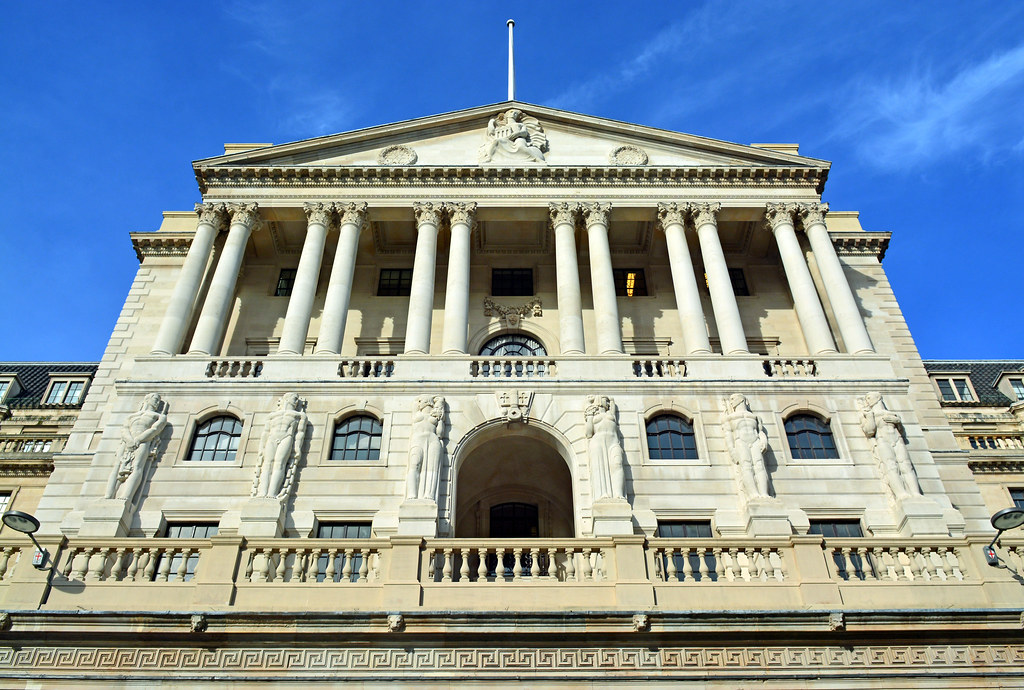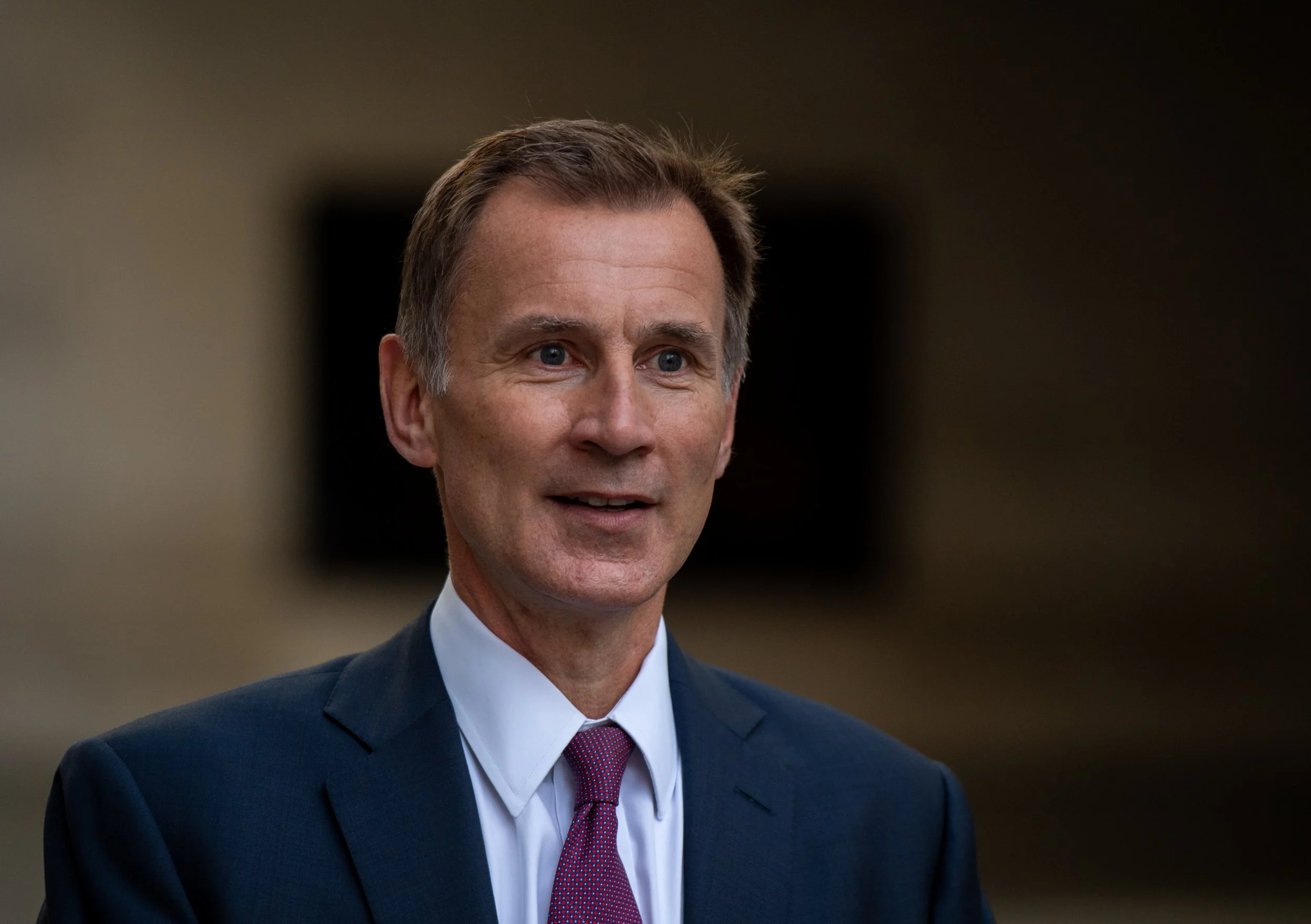UK families are being urged to utilise their children’s Junior ISA allowance before the end of tax year next week.
NFU Mutual suggested that this could help reduce tax bills and combat inflation for struggling families around the UK, after the mutual analysed figures that revealed Junior ISA amounts are on the rise.
The latest official figures show that the average amount invested into a Junior ISA each year stood at £1,133 in the 2020/21 tax year, the most recent data available, up from £949 in the year previously.
Over the same period, the amount invested into a Stocks and Shares Junior ISA climbed significantly from £1,180 to £1,665. Cash Junior ISAs also saw an increase in the average annual investments, from £846 to £913.
Personal finance expert at NFU Mutual, David Nottingham, commented: “Whether it’s for university fees or a house deposit, Junior ISAs are a great way to invest for a child’s future. Despite the impact of the rising cost of living, families continue to use them as a tax-efficient way to invest.
“With inflation likely to remain high, cash savings are likely to be eroded over time, but Junior ISAs invested in stocks and shares have the potential to beat inflation. Locked away until the child turns 18, families can weather short-term stock market volatility and benefit from the potential of compound growth to maximise returns.
“The fact that the Junior ISA allowance more than doubled in 2020 to £9,000 created extra interest and has enabled families to shelter more from the taxman.”
Families have until Wednesday 5 April to use their Junior ISA allowances for the 2022/23 tax year.
Latest News
-
IHT receipts reach £5.2bn in seven months to October
-
Coventry Building Society’s Jonathan Stinton elected IMLA chair
-
One in eight retail investors withdraw investments ahead of Budget
-
Aviva reports increase in perceptions of financial advice
-
Mortgage finance at ‘most affordable’ in almost three years – Stonebridge
-
UK inflation slows to 3.6% ahead of Budget
NEW BUILD IN FOCUS - NEW EPISODE OF THE MORTGAGE INSIDER PODCAST, OUT NOW

Figures from the National House-Building Council saw Q1 2025 register a 36% increase in new homes built across the UK compared with the same period last year, representing a striking development for the first-time buyer market. But with the higher cost of building, ongoing planning challenges and new and changing regulations, how sustainable is this growth? And what does it mean for brokers?
The role of the bridging market and technology usage in the industry
Content editor, Dan McGrath, sat down with chief operating officer at Black & White Bridging, Damien Druce, and head of development finance at Empire Global Finance, Pete Williams, to explore the role of the bridging sector, the role of AI across the industry and how the property market has fared in the Labour Government’s first year in office.
Does the North-South divide still exist in the UK housing market?

What do the most expensive parts of the country reveal about shifting demand? And why is the Manchester housing market now outperforming many southern counterparts?
In this episode of the Barclays Mortgage Insider Podcast, host Phil Spencer is joined by Lucian Cook, Head of Research at Savills, and Ross Jones, founder of Home Financial and Evolve Commercial Finance, to explore how regional trends are redefining the UK housing, mortgage and buy-to-let markets.
In this episode of the Barclays Mortgage Insider Podcast, host Phil Spencer is joined by Lucian Cook, Head of Research at Savills, and Ross Jones, founder of Home Financial and Evolve Commercial Finance, to explore how regional trends are redefining the UK housing, mortgage and buy-to-let markets.
The new episode of The Mortgage Insider podcast, out now

Regional housing markets now matter more than ever. While London and the Southeast still tend to dominate the headlines from a house price and affordability perspective, much of the growth in rental yields and buyer demand is coming from other parts of the UK.
In this episode of the Barclays Mortgage Insider Podcast, host Phil Spencer is joined by Lucian Cook, Head of Research at Savills, and Ross Jones, founder of Home Financial and Evolve Commercial Finance.
In this episode of the Barclays Mortgage Insider Podcast, host Phil Spencer is joined by Lucian Cook, Head of Research at Savills, and Ross Jones, founder of Home Financial and Evolve Commercial Finance.
© 2019 Perspective Publishing Privacy & Cookies











Recent Stories